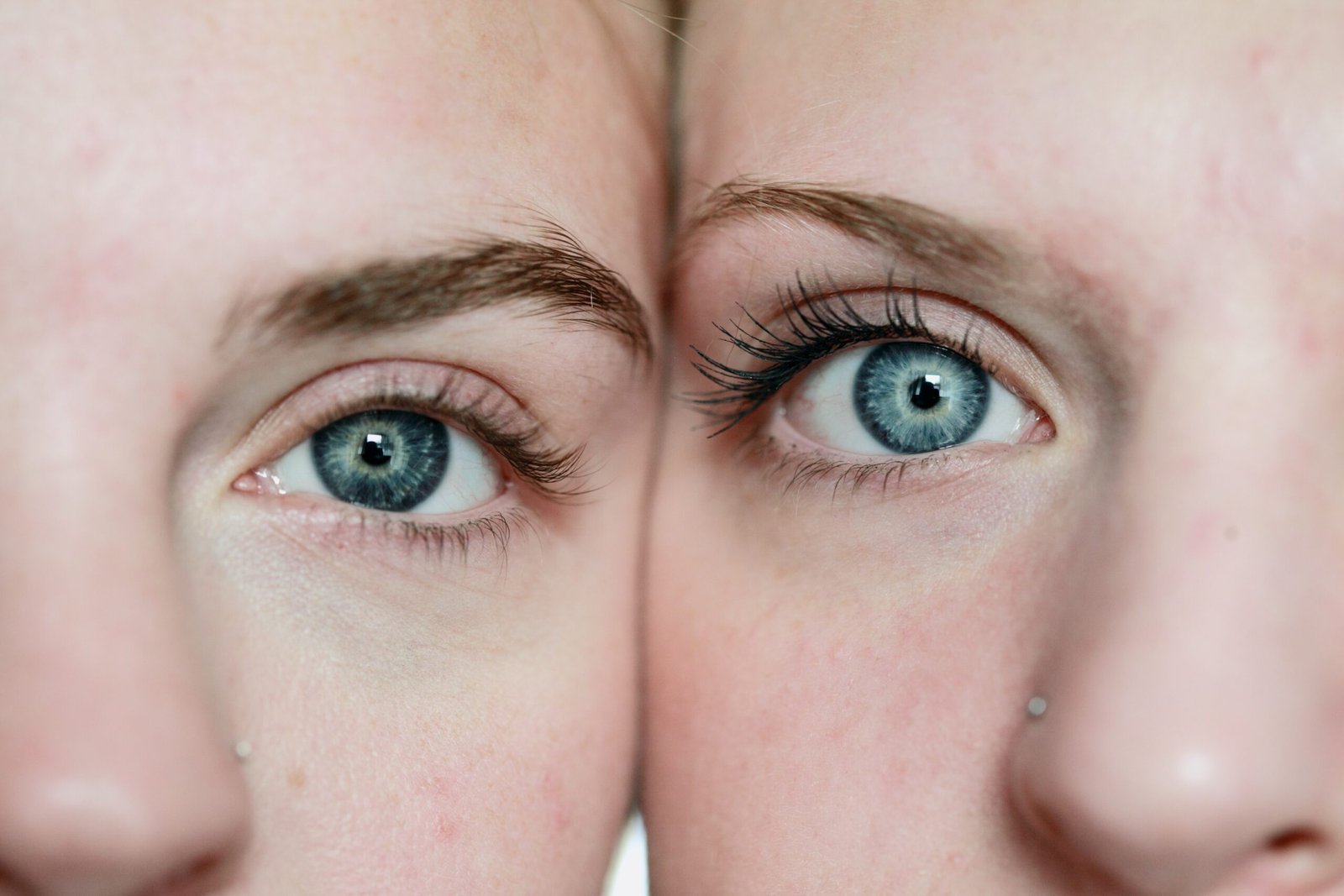Colors have a profound impact on our daily lives, influencing our moods, emotions, and even our cognitive processes. From the vibrant hues of a sunset to the soothing tones of a calm ocean, colors have the power to evoke a wide range of feelings and reactions. But have you ever wondered how exactly colors affect our brain? In this article, we will explore the fascinating relationship between color and the brain.
The Science Behind Color Perception
To understand how colors affect our brain, we must first delve into the science of color perception. Our eyes contain specialized cells called cones, which are responsible for detecting and interpreting different wavelengths of light. These cones are sensitive to three primary colors: red, green, and blue. By combining these primary colors, our brain can perceive the entire spectrum of colors.
When light enters our eyes, it stimulates these cones, and the signals are sent to the visual cortex in the brain. The visual cortex then processes this information, allowing us to perceive and distinguish between different colors. This complex process is what enables us to experience the rich and varied world of colors around us.
The Emotional Impact of Colors
Colors have the ability to evoke powerful emotional responses. Different colors can elicit specific emotions and feelings, often on a subconscious level. For example, warm colors like red and orange are often associated with energy, passion, and excitement. These colors can increase heart rate and blood pressure, creating a sense of urgency and intensity.
In contrast, cool colors such as blue and green are known for their calming and soothing effects. These colors can promote relaxation and a sense of tranquility. They are often used in environments where people need to unwind, such as bedrooms or meditation spaces.
Furthermore, colors can also have cultural and personal associations. For example, in Western cultures, white is often associated with purity and innocence, while in some Eastern cultures, it symbolizes mourning and grief. These cultural associations can influence our emotional responses to different colors.
The Cognitive Effects of Colors
Colors not only impact our emotions but also affect our cognitive processes. Research has shown that certain colors can enhance or impair cognitive performance, including memory, attention, and creativity.
For instance, studies have found that the color red can improve attention to detail and memory retrieval. It is often used in contexts where focus and precision are required, such as in warning signs or important documents. On the other hand, blue has been found to enhance creativity and stimulate innovative thinking. This is why many creative professionals choose blue as their preferred color.
Additionally, colors can also influence our perception of taste and flavor. For example, studies have shown that the color of food and drink can affect our perception of its taste. Warm colors like red and orange can make food appear more flavorful and appetizing, while cool colors like blue can have the opposite effect.
Applying Color Psychology in Everyday Life
Understanding the impact of colors on our brain can be valuable in various aspects of our lives. Whether you are designing a room, creating a brand logo, or planning a marketing campaign, harnessing the power of color psychology can help you achieve your desired outcomes.
For example, if you want to create a calming and relaxing atmosphere in your bedroom, opt for cool colors like blue or green. If you want to stimulate appetite in a restaurant, consider using warm colors like red or orange in the interior design. By strategically using colors, you can influence the emotions and behaviors of those around you.
In conclusion, colors have a profound effect on our brain and can significantly impact our emotions, cognition, and perception. By understanding the science and psychology behind color perception, we can harness the power of colors to create the desired mood, evoke specific emotions, and enhance our cognitive performance.
So, the next time you find yourself surrounded by a vibrant painting or stepping into a room with a particular color scheme, take a moment to appreciate the intricate dance between colors and the human brain.



